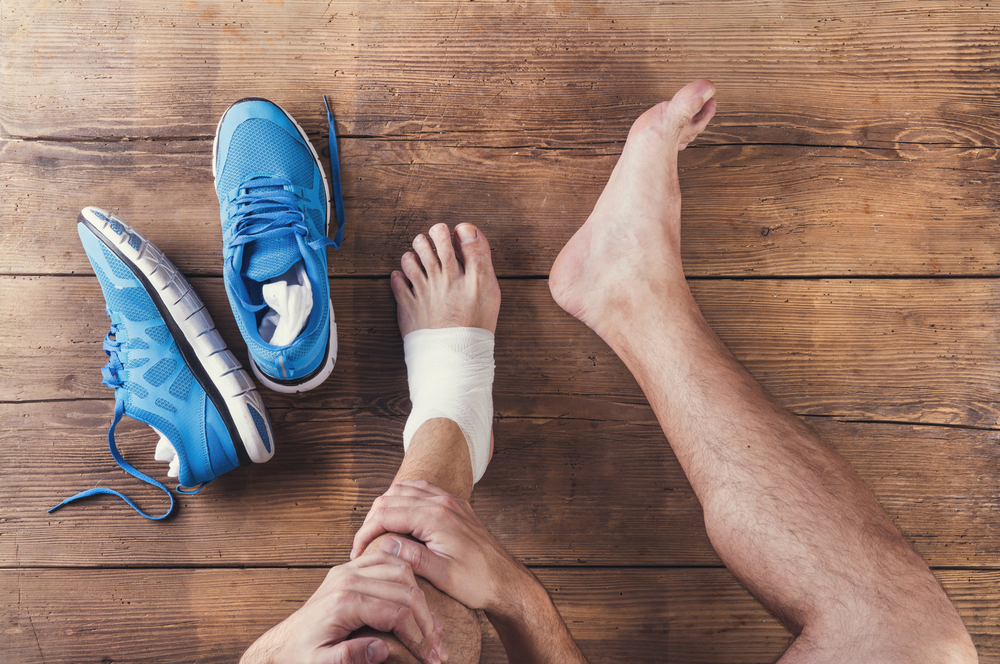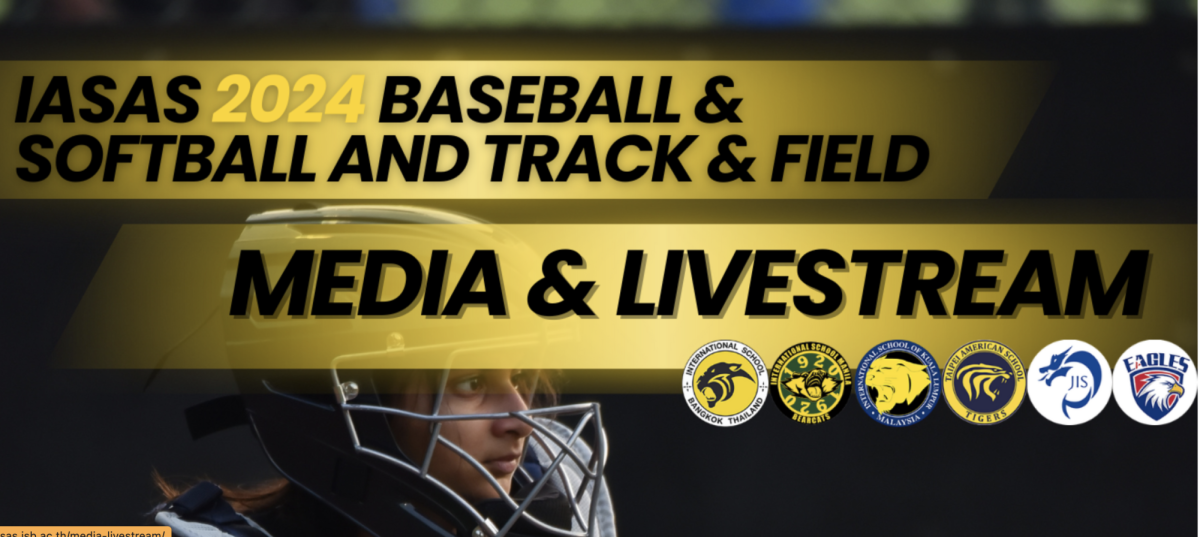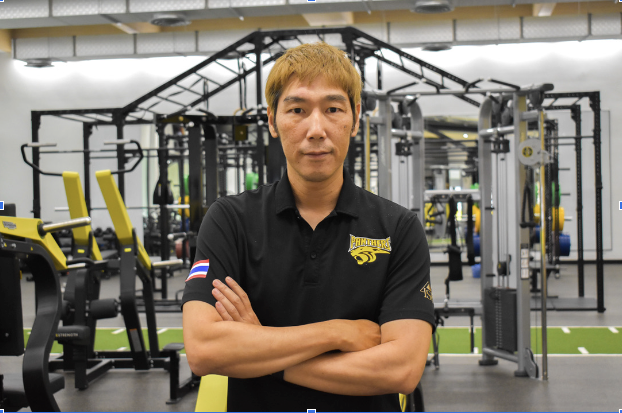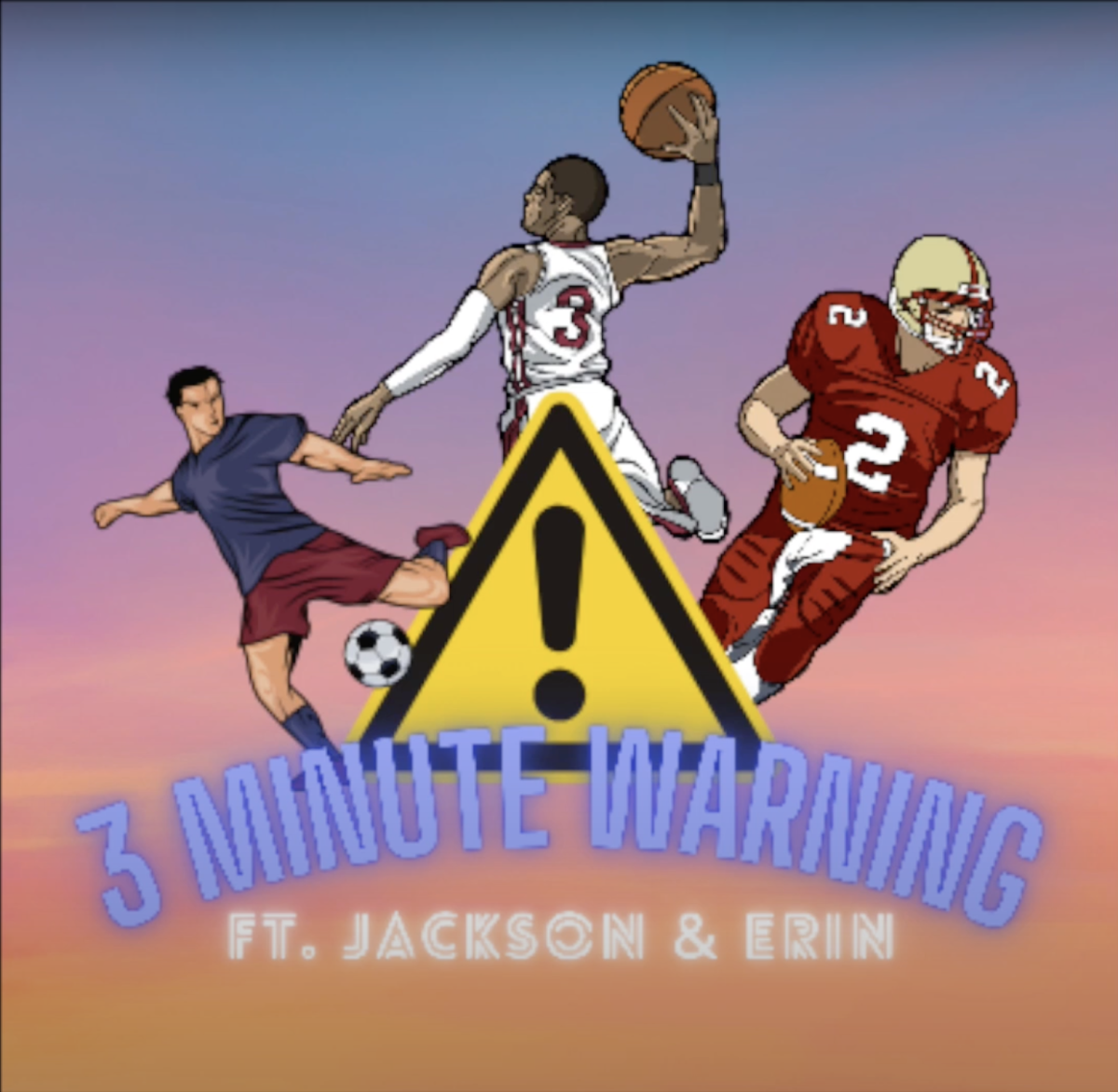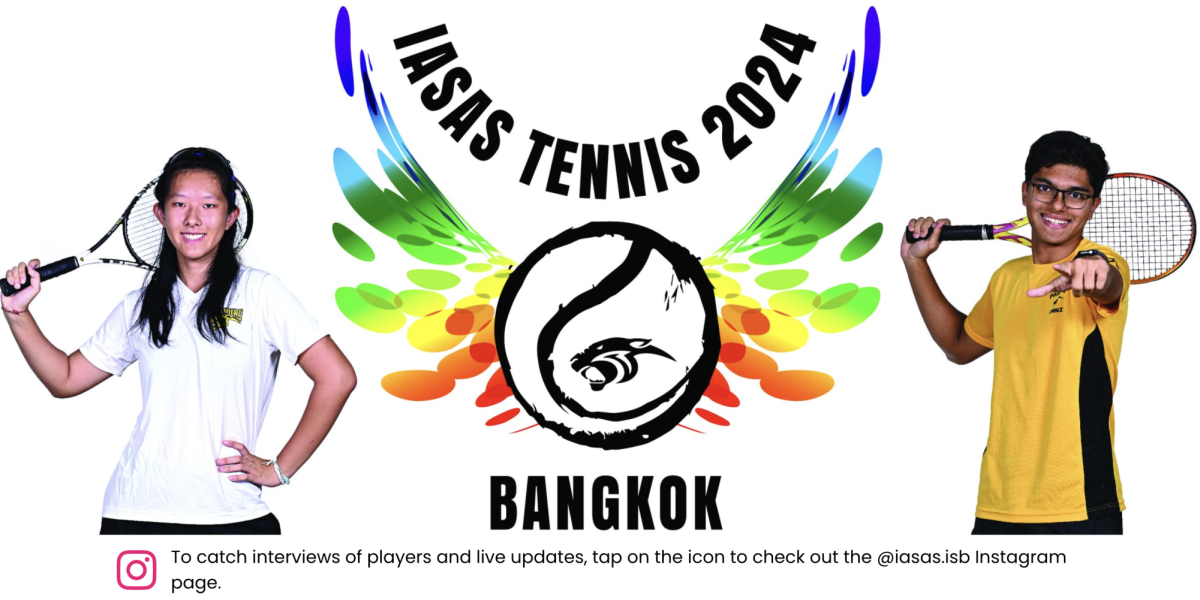Many injuries at ISB are related to sports, and include injuries that have happened during practices, tournaments or even sometimes PE. In fact one of the most annoying things that is common for most of us here are ISB is sports injuries, and this article should shed a little light on the injuries that are common for athletes and how to cure them.
According to WebMD the top four injuries we see in modern day sports are: Ankle sprains, groin muscle strain, hamstring strains and shin splints. These common injuries are the ones that can hold us back from reaching our full potential in sports. So here are the top injuries and how to cure them.
How To Prevent Injuries
The main way to prevent injuries in sports is to not push yourself over your personal limit, because sometimes you can do more bad than good when pushing too much. Pushing too hard can cause more pain than you need and you won’t gain anything from it.
“Every workout should start with a gentle warm-up to prevent common sports injuries,” says Margot Putukian, MD, director of athletic medicine at Princeton University. “Getting warmed up increases blood flow to the muscles, gets you more flexible, and could decrease injuries,” she adds. “Overuse injuries are common and most of the time you can prevent them,” according to Putukian.
“Do [not] come out and hit the ball for an hour after not playing for awhile,” she says. “Whether it [is] hiking, running, or team sports, do some ‘pre-participation training’ first by lightly working the relevant muscle groups in the weeks before the activity.”
“Stop when you are fatigued,” says Roberts. “Muscle fatigue takes away all your protective mechanisms and really increases your risk of all injuries.” You can always come out to play again next weekend — if you do [not] get injured today.
- Ankle Sprains
One of the most common injury in sports is ankle sprains. An ankle sprain is an injury to the ligaments that surround and connect the bones of the leg to the foot. Painful right? This injury is caused when you twist or turn your ankle in an awkward way. This can stretch or tear the ligaments that hold your ankle bones and joints together.
William Roberts, MD, sports medicine physician at the University of Minnesota and spokesman for the American College of Sports Medicine says, “Think of ligaments and muscle-tendon units like springs. The tissue lengthens with stress and returns to its normal length — unless it is pulled too far out of its normal range.”
Some of the main things to do when you sprain your ankle is: ice the injury for the first 48 to 72 hours or until swelling goes down. Apply an ice pack for 10 to 20 minutes every 1 to 2 hours during the day.
Another major thing to do is rest the injury. Depending on the pain of the ankle you may need to use crutches until walking is not painful without them. You will also need to elevate the injury. Raise your ankle above the level of your heart for 2 to 3 hours a day if possible to decrease swelling and bruising.
- Groin Muscle Strain
A groin strain is a stretch, tear, or complete rupture of the muscle that starts at the pubic bone to the inside of the thigh. This injury usually lasts for about 1-4 weeks depending on the severity of the injury.
One way to help cure this is to: apply ice or cold therapy with compression for 15 minutes every 2 hours for the first couple of days, and if the injury does not show any signs of healing you will need to go to the doctors or a physician. “Any groin pull that has significant swelling should be seen early by a physician,” Royster says.
- Hamstring Strain
Three muscles in the back of the thigh forms the hamstring. You can strain your hamstring with movements such as hurdling or kicking the leg out sharply when running.
Many people suffer this injury when pushing themselves too hard to a point where it causes pain. Sadly, hamstring strains are extremely common and extremely painful.
Athletes from all sports are likely to have a hamstring strain at least once in their career. Athletes that have the most reports of having hamstring strains are runners, skaters, American footballers, football players, and basketball players.
“Hamstring injuries are slow to heal because of the constant stress applied to the injured tissue from walking,” says Royster. “Complete healing can take six to 12 months.”
Many people have had hamstring strains that re-occur due to the fact that they have to rest for such a long time. The key to healing a hamstring strain is a lot of rest and waiting until the injury is fully recovered.
- Shin Splints
Pains down the front of the lower legs are called “shin splints” and are usually brought on by running. Shin splints are caused when starting more intense training that your body is not used to.
Many people get shin splints from taking long runs on hard surfaces or not distributing weight on different parts of the legs but on the shins instead. Shin splints can cause a major amount of pain when trying to do any sports that involve intense leg movements.
Ways to cure this are to rest until you feel you are able to participate in sports activities, ice the shins to ease pain and swelling as well as moving your legs and doing small amounts of exercises in order to start the healing process. This will help the healing process speed up so you will be able compete after a short amount of recovery time.
Many of these injuries are extremely painful but easy to avoid as long as you know what to do. If you ever do come across having these injuries just follow these basic steps and you will be back playing sports in no time. Take care of how you treat your body and how you take care of it.
Megan B

